
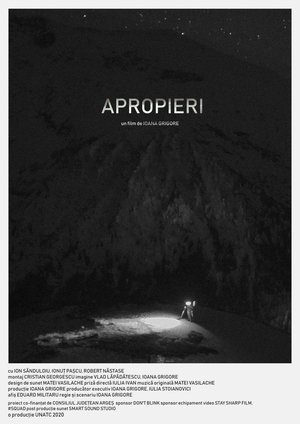
Take them into the light(2020)
Movie: Take them into the light

Apropieri
HomePage
Overview
Release Date
2020-10-29
Average
0
Rating:
0.0 startsTagline
Genres
Languages:
Română
Similar Movies
 0.0
0.0Cool Critter(en)
A frustrated Hollywood actress is doing an unusual “part-time job.”
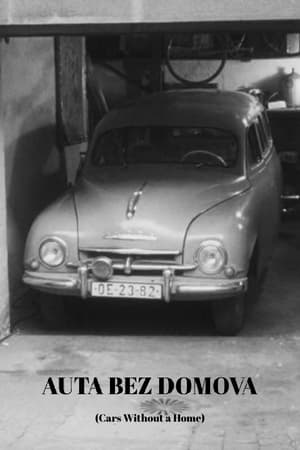 6.3
6.3Cars Without a Home(cs)
Jan Schmidt and Pavel Juráček turn their attention to the problem of Czechoslovakia's unloved cars in this whimsical documentary short.
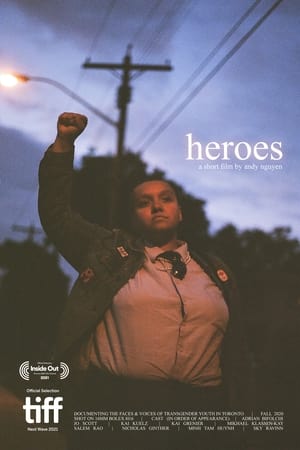 10.0
10.0heroes(en)
Displaying the faces and voices of transgender youth, the documentary short shows the authenticity of queer and trans people living in Toronto, while simultaneously discussing the struggles for self-acceptance that people who do not conform to cisgender and heteronormative ideals of gender face. Andy Nguyen, trans director and film student, captures his trans friends in their natural state on 16mm film shot on a Bolex h16 camera. Accompanied by narration written and recited by Salem Rao, this film represents that trans people exist and this is what we look like. Regardless of the obvious everyday transphobia, trans people find community and uniqueness within each other and themselves.
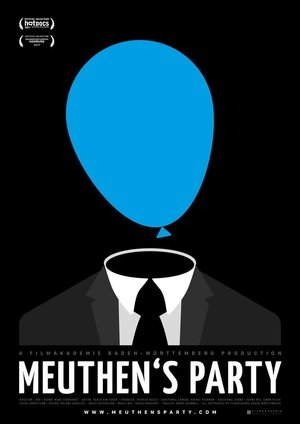 0.0
0.0Meuthen's Party(en)
MEUTHEN'S PARTY unmasks the rise of the provincial politician Dr. Jörg Meuthen who doesn't shy away from spreading racist sentiments with a smile on his face.
 5.8
5.86-18-67(en)
6-18-67 is a short quasi-documentary film by George Lucas regarding the making of the Columbia film “Mackenna's Gold”. This non-story, non-character visual tone poem is made up of nature imagery, time-lapse photography, and the subtle sounds of the Arizona desert.
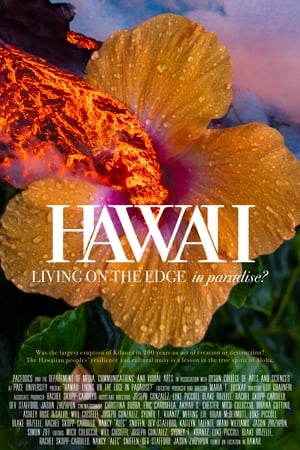 0.0
0.0Hawaii: Living on the Edge in Paradise?(en)
During the summer of 2018, hundreds of earthquakes shook the summit of Kiilauea, sparking the volcano's largest eruption in 200 years. To some, it was a disaster. To others, it was the goddess Pele's way of creating new aina (land). The Hawaiian peoples' resilience and cultural unity is a lesson in the true spirit of Aloha.
 4.0
4.0Everything(pl)
Here's a strange one. First, a song on a blackboard: a Polish translation of “I love my little rooster” by American folk writer Almeda Riddle. Then, two men roll around trash bins and lift them to the garbage truck. They do it several times. A woman shouts in the distance. At the end, the picture stops, and the woman sings the song. An early short by Piotr Szulkin.
Vltava po válce(cs)
A 4-year-old girl cries, lost in the city. A Soviet soldier on a ferry takes her in and takes her to her home village.
 0.0
0.0People in Tights(en)
An aspiring superhero, lacking powers, tries out for a real superhero team in this mockumentary.
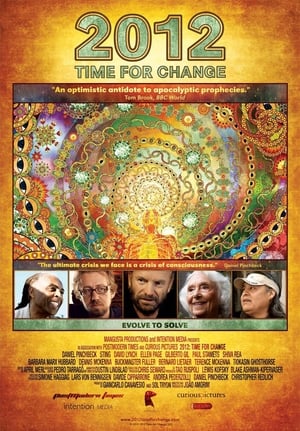 6.1
6.12012: Time for Change(en)
2012: Time For Change is a documentary feature that presents ways to transform our unsustainable society into a regenerative planetary culture. This can be achieved through a personal and global change of consciousness and the systemic implementation of ecological design.
 0.0
0.0I See in the Dark(sl)
Confessions of people who have lost their sight during their lives. What are their feelings and how do they view their apparent handicap?
Inside(cs)
The animated documentary shows a day in life of a person suffering a mental illness called anorexia nervosa. It is an intimate insight into the mind of an anorexic, who must somehow interact with raw reality.
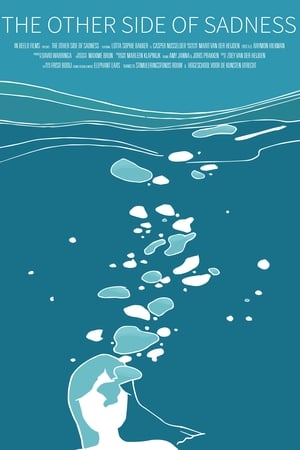 10.0
10.0The Other Side of Sadness(nl)
In a hybrid film, both documentary and fiction, five young women describe the feeling of grief when losing a parent at a young age. Anna returns to her father's home, a year after his death. In one weekend, she lives through a storm of emotions as these may come and go in the process of grief.
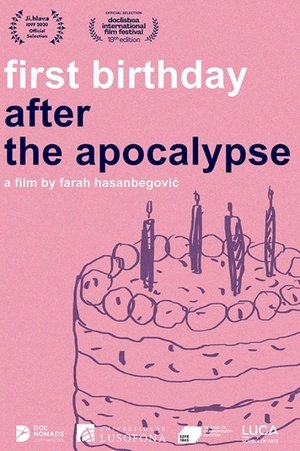 0.0
0.0First Birthday After the Apocalypse(bs)
In her autobiographical documentary, the young director uses cartoon impressions, photographic memories, and the various stages of baking a cake to draw the viewer into her own stream of consciousness, and using images full of kindness, tenderness, and playfulness, she deals with the sadness that began during a children's birthday party many years ago.
 7.3
7.3Manifest(da)
An intimate statement about the filmmaker’s need for self-expression through her own nudity and simultaneously an effort to reject the taboo of patriarchal society. Using diary entries, anger-filled personal reflections, and discussions with a mother painting her nude daughter, the film opens the topic of overcoming shame for one’s own physicality and female sexuality.
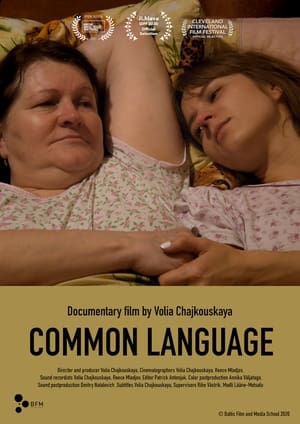 0.0
0.0Common Language(ru)
The director, who has always been viewed as the black sheep in her family, sets out to the Belarusian town of Vitebsk to talk with her parents about previous grievances and topics that were considered taboo. The effort to find a common language, which runs into stormy emotions and the inability to voice honest opinions, is captured through both personal moments and detailed shots of the protagonists’ faces.
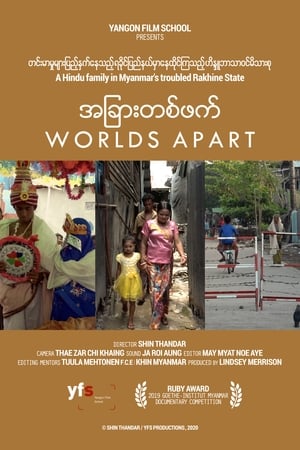 0.0
0.0Worlds Apart(my)
In 2012, violent conflicts broke out between the Muslim Rohingya and the Buddhist majority in Rakhine State on the west coast of Myanmar. The government subsequently deported Muslims and imprisoned them in a camp on the outskirts of the city. The documentary looks at the lives of neighbours on both sides.
 0.0
0.0Elevado 3.5(pt)
A documentary about the crowd of people that commingle throughout the 3.5km of the Minhocão, an overpass in the central region of São Paulo, built during Brazil's military dictatorship.